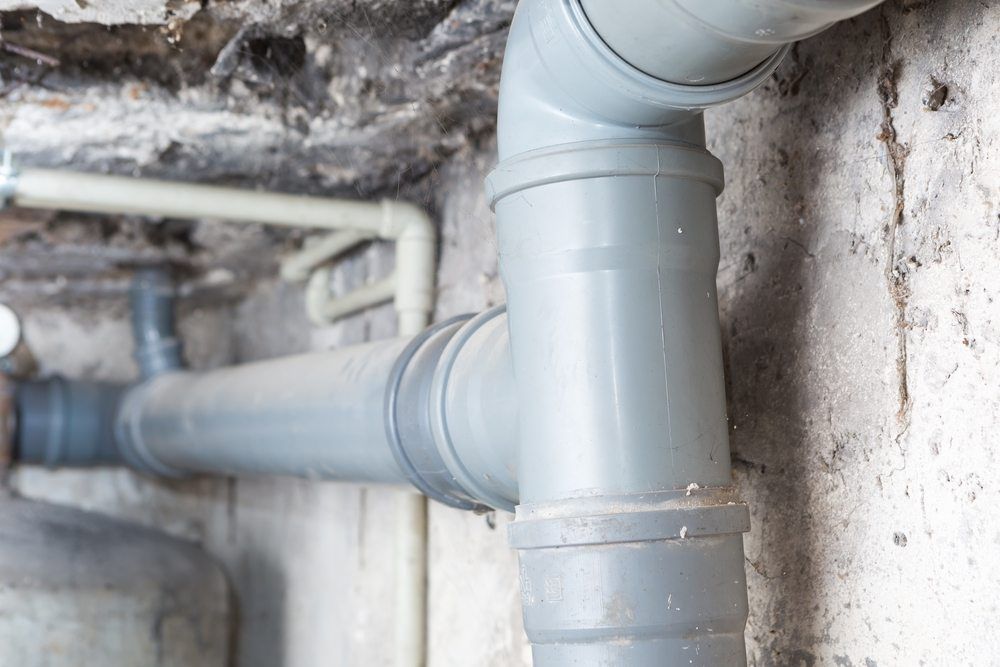Table of Contents
Trauma scene cleanup is a specialized field that deals with the aftermath of traumatic incidents, such as accidents, suicides, or violent crimes. This process is not only about cleaning up physical debris; it involves sensitive emotional aspects and adherence to strict health and safety regulations. In this guide, we’ll explore the techniques and best practices involved in trauma scene cleanup, emphasizing the importance of professionalism, empathy, and safety.
What is Trauma Scene Cleanup
Trauma scene cleanup, often referred to as biohazard cleanup, is a critical service that restores safety and peace to a space affected by trauma. This can include:
- Accidents: Home accidents or vehicle collisions that result in bodily harm.
- Suicides: Incidents that require careful handling due to the emotional toll they leave behind.
- Homicides: Scenes that demand meticulous cleanup and containment of biohazard materials.
- Natural Deaths: Situations where the deceased may have been alone for an extended period.
Due to the nature of these events, trauma scene cleanup requires specialized training, equipment, and an understanding of legal and health-related protocols.

Health and Safety Considerations
Personal Protective Equipment (PPE)
Before any cleanup begins, it is crucial to don appropriate PPE to prevent exposure to hazardous materials. Essential gear includes:
- Gloves: Nitrile gloves are preferred for their durability and resistance to punctures.
- Masks: N95 respirators or higher protect against airborne pathogens and odors.
- Goggles: Eye protection is essential, especially in environments where splashes may occur.
- Hazmat Suits: In more severe cases, full-body suits may be necessary to protect against contamination.
Risk Assessment
A thorough assessment of the scene is essential before commencing cleanup. This includes:
- Identifying biohazard materials (blood, bodily fluids, etc.)
- Evaluating the condition of the environment (e.g., mold, structural integrity)
- Understanding the potential risks involved for both cleanup crews and future occupants
Techniques for Effective Trauma Scene Cleanup
1. Secure the Scene
Before any cleanup begins, the area must be secured to prevent unauthorized access. This not only protects the integrity of the scene but also ensures the safety of bystanders.
2. Initial Inspection
Conduct a detailed inspection of the site to identify all affected areas. This includes not only visible stains but also hidden biohazards, which may require advanced techniques to uncover.
3. Containment
Once the assessment is complete, containment measures must be put in place to prevent the spread of contaminants. This can involve:
- Setting up barriers to isolate the affected area
- Utilizing air scrubbers to filter and purify the air
4. Cleanup Process
The actual cleanup involves several steps:
- Removal of Contaminants: Biohazardous materials must be carefully removed and disposed of according to local regulations. This may involve using specialized waste disposal services.
- Surface Cleaning: All surfaces must be cleaned using EPA-approved disinfectants. This includes floors, walls, furniture, and any other items that may have come into contact with biological materials.
- Deodorization: Unpleasant odors may linger after cleaning. Techniques such as ozone treatment or thermal fogging can help eliminate these odors effectively.
5. Final Inspection and Documentation
After cleanup, a thorough inspection is necessary to ensure that the site is safe for re-entry. Documentation of the process, including photographs and disposal records, is vital for compliance and future reference.
Emotional Considerations for Trauma Scene Cleanup
In addition to physical cleanup, it’s important to recognize the emotional toll these situations can take on victims, families, and even the cleanup crews. Here are some considerations:
Providing Support
- Empathy: Cleaners should approach the situation with compassion, understanding that families may be dealing with significant trauma.
- Communication: Keeping open lines of communication with affected individuals can help them feel supported and informed throughout the process.
- Referral Services: It may be beneficial to provide information on mental health resources for those affected by the incident.
Self-Care for Cleanup Crews
Those involved in trauma scene cleanup often face emotional challenges. Employers should offer resources for mental health support, including counseling and debriefing sessions to help workers cope with the psychological impact of their job.
Legal and Regulatory Compliance for Trauma Scene cleanup
Trauma scene cleanup companies must adhere to local, state, and federal regulations regarding biohazard waste management and disposal. This includes:
- Proper licensing and certification for handling hazardous materials
- Compliance with OSHA standards to ensure worker safety
- Following EPA guidelines for waste disposal to minimize environmental impact
How To Get A Professional Help for Trauma Cleanup
To get professional help for Trauma cleanup, contact Puroclean Disaster Restoration or call (317) 467-4436
Conclusion
Trauma scene cleanup is a vital service that requires a unique combination of technical skills, emotional intelligence, and adherence to safety regulations. By understanding the best practices and techniques involved, cleanup professionals can effectively restore spaces while providing much-needed support to those affected by trauma. If you find yourself in need of trauma scene cleanup services, it’s essential to choose a qualified and empathetic team that prioritizes safety and professionalism.

 PuroClean Disaster Restoration
PuroClean Disaster Restoration